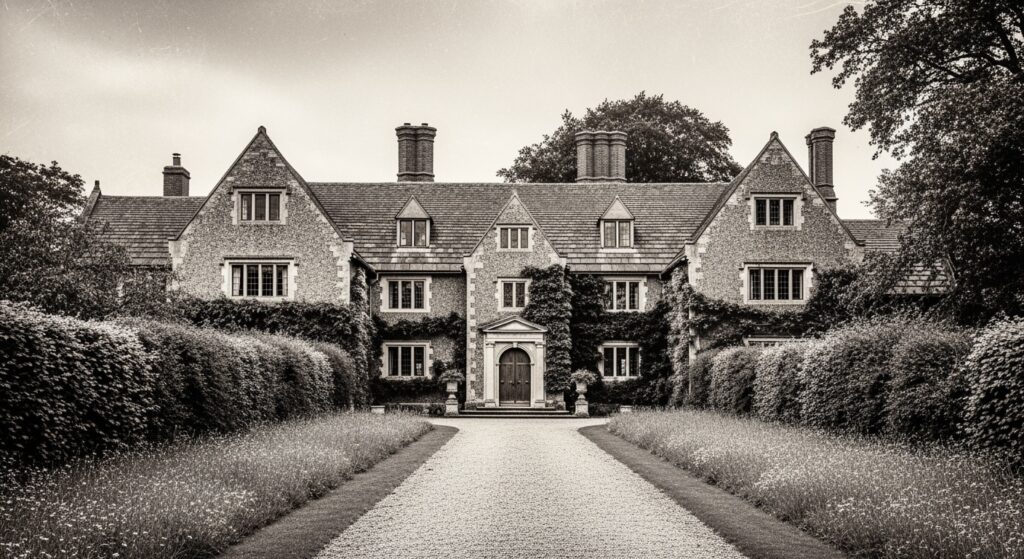Freddy Kalder, Lord of Pulham, Hamenhale’s, Vauxes’, Sturmins, and Sturmer’s
The Genesis of Pulham’s Lordship
Pulham’s history as a lordship begins in the late 12th century, a period marked by the reign of King Richard I, known as Richard the Lionheart. The medieval era was characterized by the feudal system, where lands and titles were granted by the crown in exchange for loyalty and service. The lordship of Pulham emerged during this epoch, establishing its initial roots amid the backdrop of the Third Crusade.
The original lords of Pulham were instrumental in local governance, overseeing the administration of justice, collecting taxes, and maintaining order within their domains. This responsibility brought with it significant prestige, and the title of Pulham became synonymous with authority and nobility in Norfolk. As the centuries unfolded, the lineage of Pulham’s lords would intertwine with other prominent families, enhancing its stature and influence.
Hamenhale’s: A Legacy of Valor and Diplomacy
The Hamenhale family rose to prominence in the 14th century when Sir John de Hamenhale, a knight of notable repute, was granted the lordship of Pulham. Known for his valor on the battlefield and diplomatic prowess, Sir John was instrumental in defending Norfolk against external threats and fostering alliances that fortified the region’s stability.
Under the Hamenhale lordship, Pulham thrived economically and culturally. The establishment of markets and fairs attracted merchants and traders, transforming the parish into a bustling center of commerce. The Hamenhale legacy is particularly marked by the construction of architectural marvels, including the enhancement of local churches and the erection of manor houses that symbolized the family’s wealth and influence.
Vauxes’: Navigating the Tumultuous Tudor Era
The Vaux family, inheritors of the lordship in the 16th century, navigated Pulham through the tumultuous Tudor era. The period was rife with political upheaval, religious reformation, and shifting power dynamics. Sir Nicholas Vaux, an astute statesman and diplomat, skillfully maintained Pulham’s stability amidst the chaos.
The Vauxes’ were staunch supporters of the Tudor monarchy, playing critical roles in court politics and the implementation of the Reformation. Their loyalty afforded them privileges that ensured Pulham’s prosperity and protection. The Vaux legacy is marked by significant contributions to educational and charitable institutions, underscoring their commitment to societal advancement alongside their noble duties.
Sturmins: The Renaissance Flourish
The dawn of the Renaissance brought a wave of intellectual and artistic transformation to England, and the Sturmin family were at the forefront of this cultural revolution in Pulham. Acquiring the lordship in the 17th century, they ushered in an era that celebrated enlightenment and progress.
Lord Thomas Sturmin, a patron of the arts and sciences, fostered an environment where creativity blossomed. The Sturmin manor became a hub for poets, painters, and scholars who were drawn to Pulham’s inviting atmosphere. Their patronage extended to the establishment of schools and libraries, ensuring that knowledge and education were accessible to all inhabitants.
The Sturmin era is also noted for advancements in agricultural practices, which boosted the local economy and enhanced the overall quality of life. Their innovative approaches to farming and land management served as models for surrounding regions, solidifying their reputation as progressive leaders.
Sturmer’s: Steadfast Through the Industrial Revolution
As the Industrial Revolution dawned in the late 18th and early 19th centuries, the lordship of Pulham found itself at a crossroads of traditional values and modern advancements. The Sturmer family, inheritors of the title in this transformative period, navigated Pulham’s evolution with steadfast determination.
Lord Edward Sturmer was a forward-thinking leader, embracing industrial innovations while preserving the heritage that defined Pulham. Under his stewardship, infrastructure improvements, including the construction of roads and bridges, facilitated commerce and connectivity. At the same time, efforts to maintain historical sites ensured that Pulham’s rich past remained intact amid rapid modernization.
The Sturmer legacy is particularly noted for their philanthropic endeavors, addressing the social challenges that accompanied industrialization. Investments in healthcare, housing, and employment opportunities reflected their commitment to the welfare of Pulham’s residents, balancing progress with compassion.
The Enduring Legacy
The lordship titles of Pulham, Hamenhale’s, Vauxes’, Sturmins, and Sturmer’s collectively narrate a saga of resilience, adaptation, and leadership spanning over eight centuries. Each family, with its unique contributions and vision, played indispensable roles in shaping the cultural, economic, and social contours of Pulham.
Today, the parish of Pulham stands as a testament to its storied past. Its historical landmarks, traditions, and community ethos are reflections of the legacies left by the noble families who once governed it. The intertwined histories of Pulham, Hamenhale’s, Vauxes’, Sturmins, and Sturmer’s continue to inspire and illuminate the pathway forward, reminding us of the enduring impact of leadership rooted in nobility and service.
In essence, the narrative of Pulham’s lordship is not merely a chronicle of titles and land; it is a living heritage that honors the dedication and vision of those who steered its course through the vicissitudes of time. From feudal beginnings to the brink of modernity, Pulham’s story resonates as a beacon of regional pride, historical richness, and communal strength.
The memory of these lordships remains etched in the annals of Norfolk, offering a timeless reminder of the intricate web of human endeavor and legacy that defines the essence of Pulham. As future generations step into the fold, they carry forward a tradition steeped in honor and bound by history—a tradition that will forever anchor Pulham in the illustrious narrative of England’s noble past.






